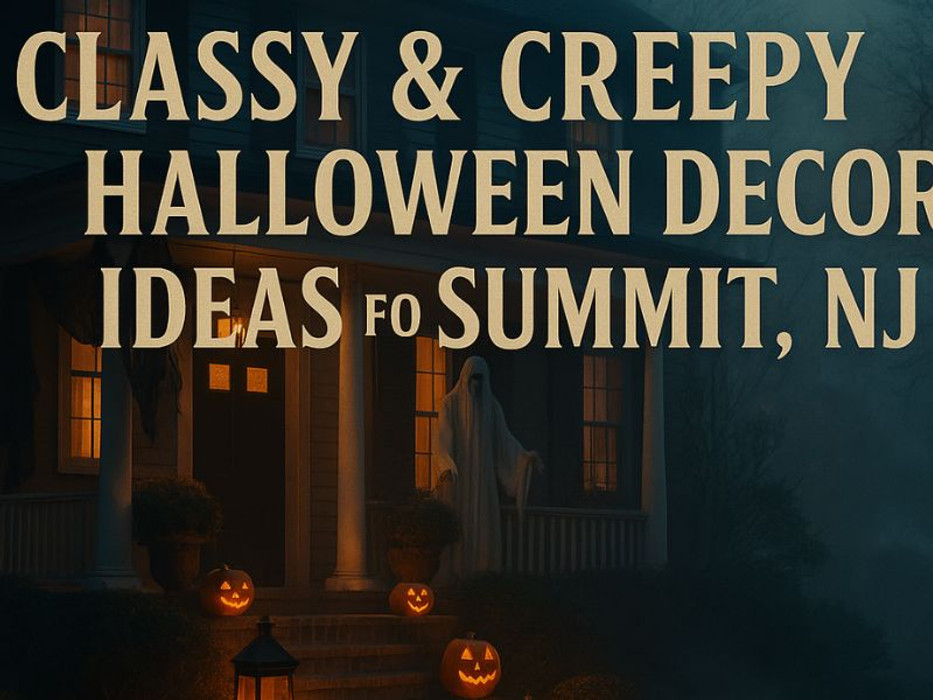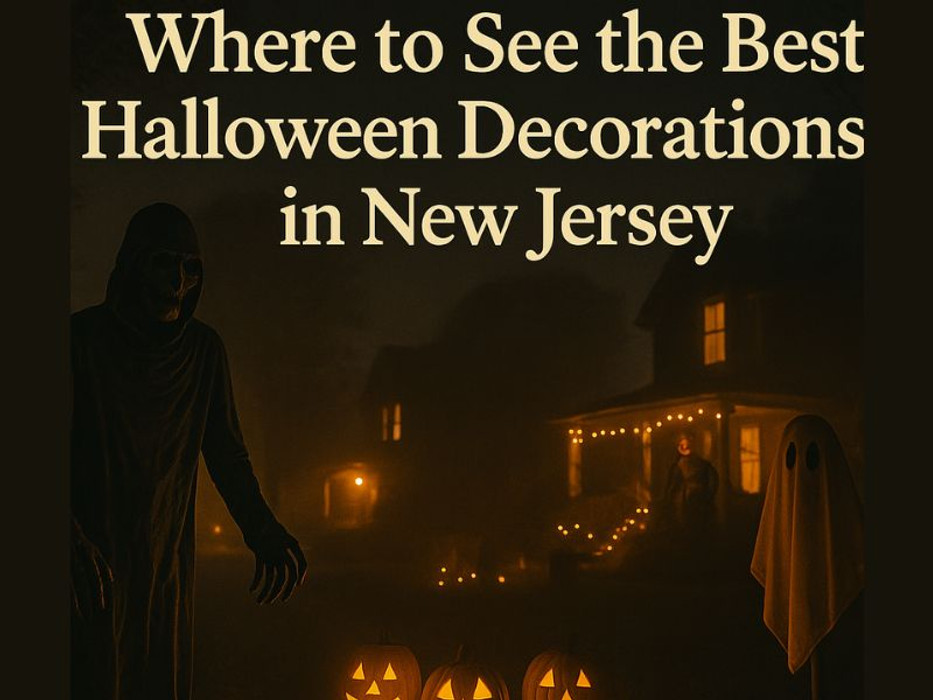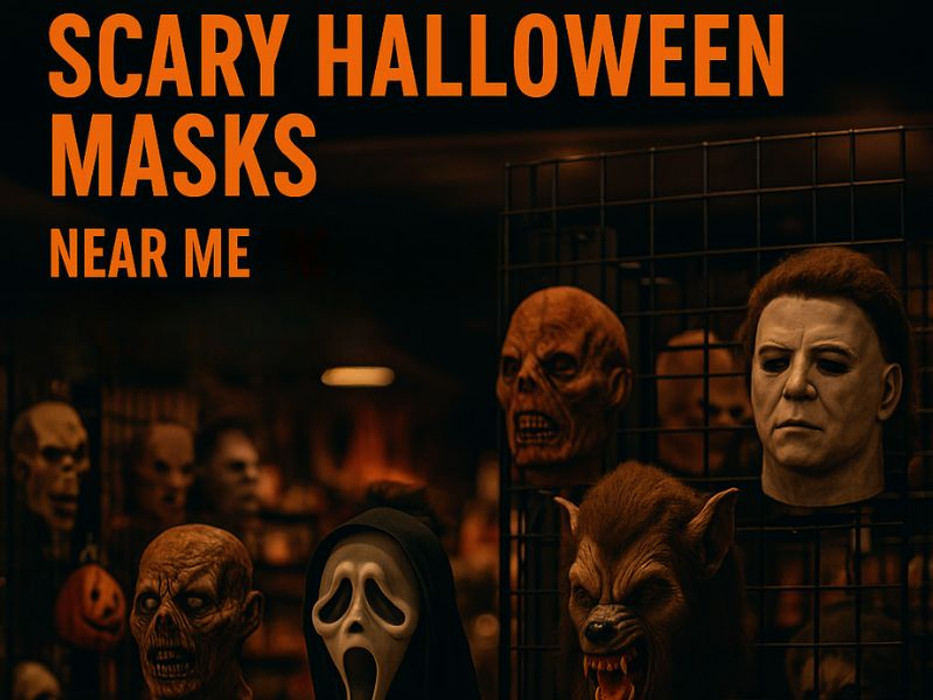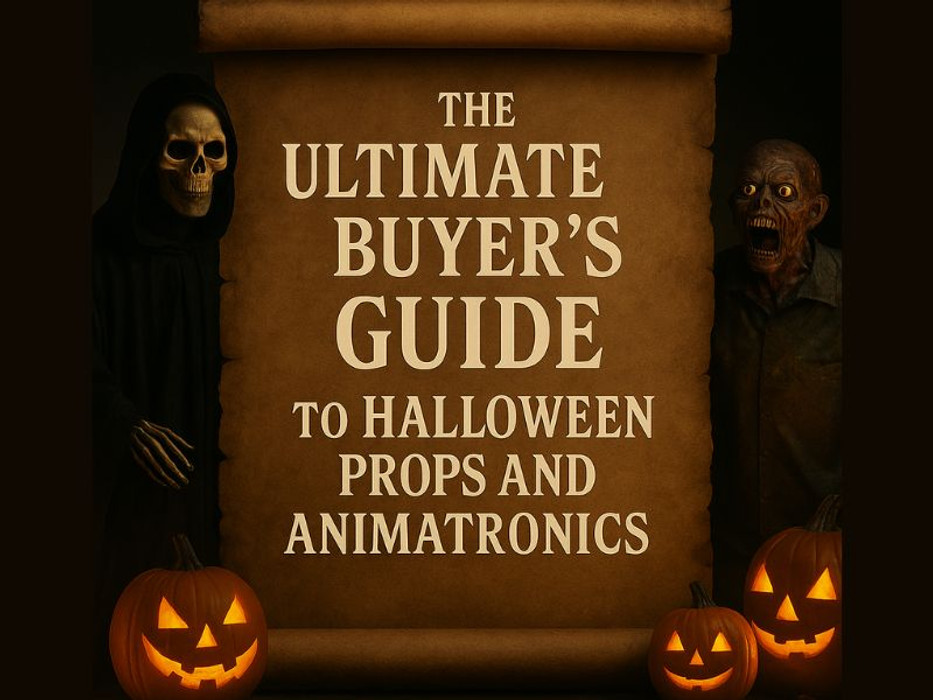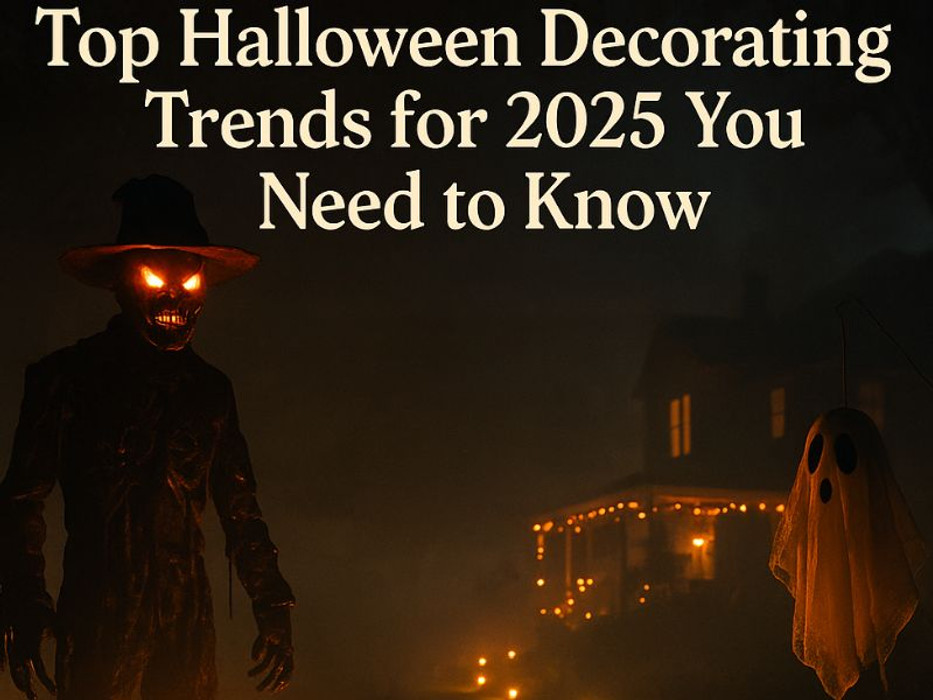Classy & Creepy Halloween Decor Ideas for Summit, NJ Homes
Posted by House Of Hauntz on Jun 29th 2025
Classy & Creepy Halloween Decor Ideas for Summit, NJ Homes
Updated: June 29, 2025
Summit, NJ is known for its historic architecture and

